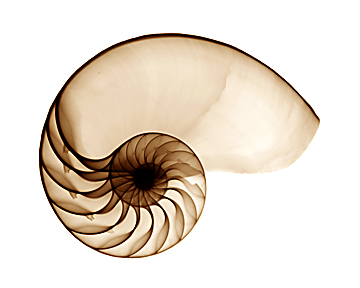Remote Ready Biology Learning Activities has 50 remote-ready activities, which work for either your classroom or remote teaching.
Serendip is an independent site partnering with faculty at multiple colleges and universities around the world. Happy exploring!

| 
| Exploring Emergence |
 |
 |
|
As we've seen, the collective interaction of smaller, individual parts (ants) can yield an emergent organization (task distribution of the colony) without any director or plan. Can it do anything else?
Recall that when we disturb things-- be it by removing ants, starting them all in the same place, or adding hydrocarbons and then taking them back out, the colony always returns to the same organization given enough time. An interesting observation made by scientists studying real-life ant colonies was that older colonies seemed to handle these kinds of disturbances better than younger ones. Older colonies returned more quickly to their standard task allocation patterns than did younger colonies. Older colonies seemed more stable. Why might this be? Maybe because older colonies are wiser, more experienced, and used to disturbances while younger colonies are relatively ignorant? Ants of older colonies may have learned how to quickly get back on track after an interruption. There is a problem here though. Scientists were comparing colonies as young as 1-2 years old with colonies up to 10 years old. The lifespan of individual ants is only about one year. So, an older colony behaves differently even though there is a continuous turnover of ants. Could it be that there is somehow a collective memory? That earlier experiences of the colony are somehow transmitted to new generations of ants?
That might or might not be for real ant colonies. But our model shows that there could instead be a much simpler explanation of changing behavior in the colony. To see this, we first need to look a bit at a particular aspect of colony development. A queen ant will start producing offspring at a fixed rate. The offspring die after relatively short times so the ants present at a later time are different from those present earlier. Because ants are being born faster than they are dying, the population size of the colony initially increases (and eventually plateaus as the rate of ants being born equals the rate of ants dying, another example of a dynamic equilibrium). You can adjust how fast a colony grows and how fast that growth levels off by varying the Lifespan and BirthCycle (the lower the number, the more frequently ants are born) sliders. Also, Average birthdate displays the average birthdate of all ants at the current point in time. Could it be that the differing behavior of younger and older colonies could be accounted for entirely by differences in their size? Try disturbing the colony at different ages by adding a group of additional foragers at different times during its growth. Clicking Add foragers adds new ants and also momentarily stops growth (no ants are born, die, or age); Continue growth allows the growth and aging to start again). The number added is a fixed percentage of the population at the time, so it is not just a question of a smaller number becoming more diluted in a larger one. Notice that the colony returns to its typical task distribution more rapidly when it is older (larger) than when it is younger (smaller). This doesn't depend on any experience that the colony has when it is younger (try letting it grow without any early perturbations). And the individual ants in the older colony, while different from those in the younger colony, are no different. That is, they follow exactly the same rules that we talked about earlier. The reason for the greater stability in the older colonies is simply a result of the increasing numbers of ants and the resulting increased frequency of interactions between them. Could there be other explanations for differences over time in the behavior of social groups? Could ants, for example, learn from each other, or create some common memory, historical record, or library? Yes, of course, but what the model shows is that, in this case at least, one needn't PRESUME explanations of this kind for ants (or other kinds of social organization). Some changes in collective behavior can occur without a memory, library, historical record, or even any changes in the individuals involved.
 
|
|
Organization and Interactions: Part 1 Part 2 Part 3 Part 4 Changing Group Behavior: Part 1 Part 2 Conclusions and Extensions Complete Model and Model Details |
Exhibit by Laura Cyckowski and Paul Grobstein, in association with the Serendip/SciSoc Group, Summer 2006.
Applets created by Laura Cyckowski, using NetLogo, the availability of which is gratefully acknowledged.
| Forum
| Complex Systems | Serendip Home |